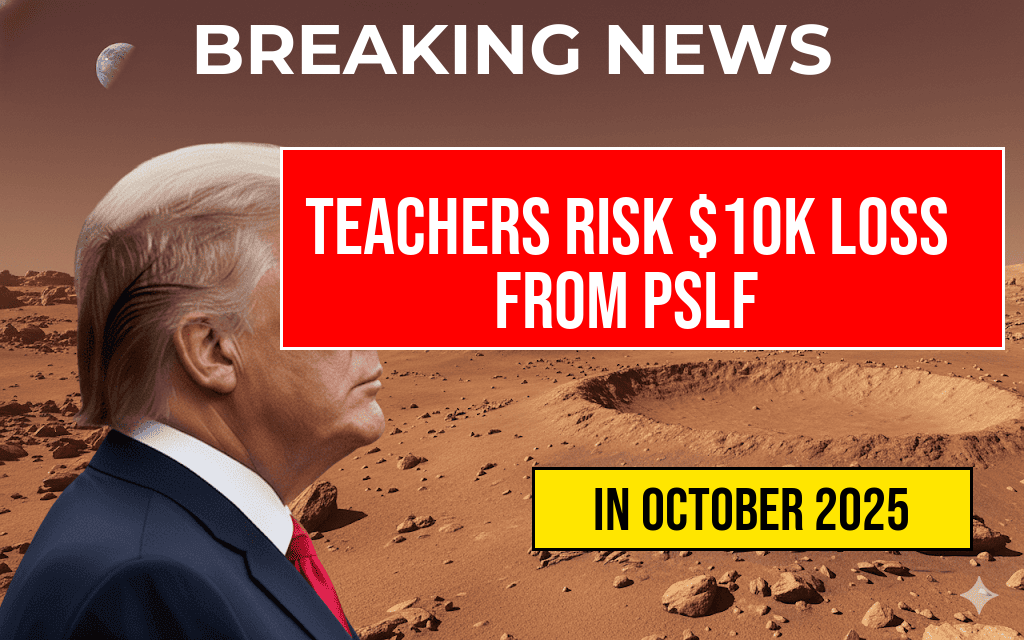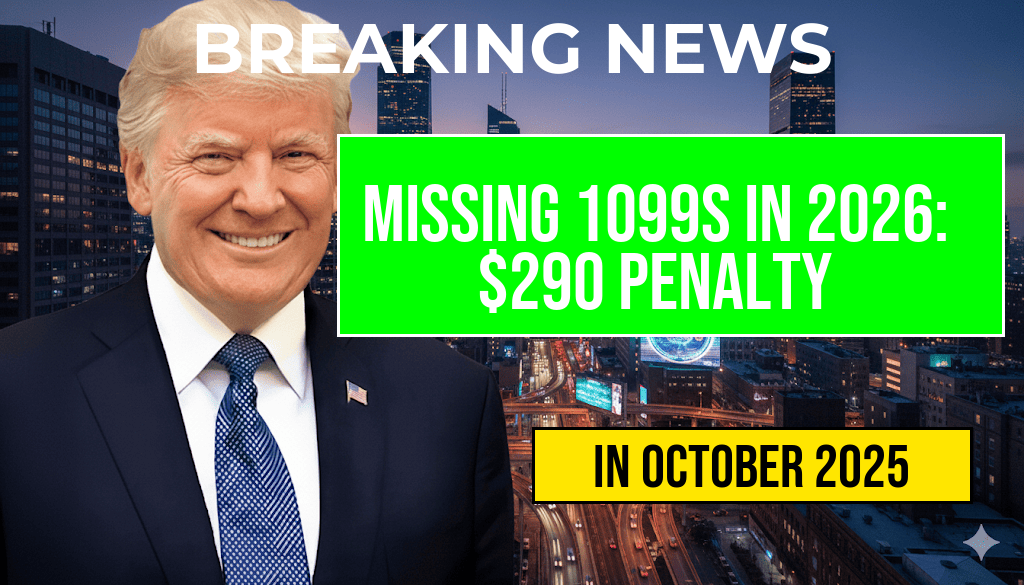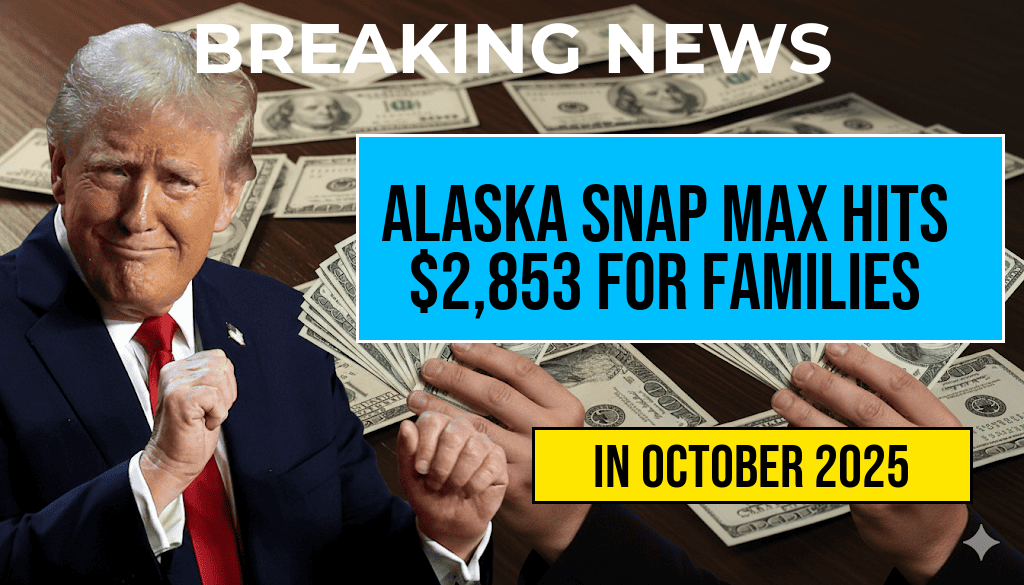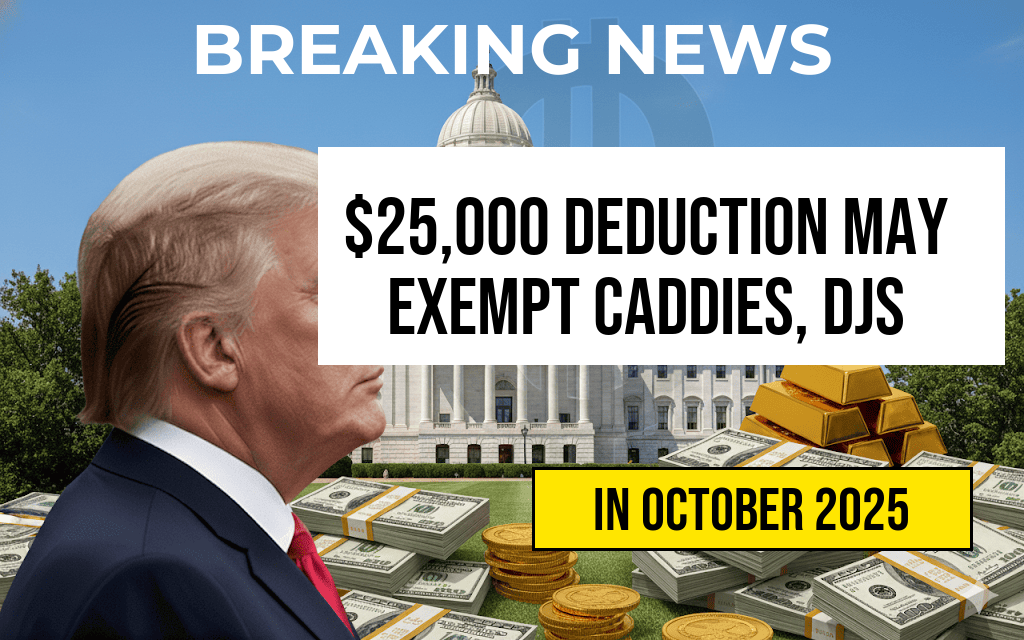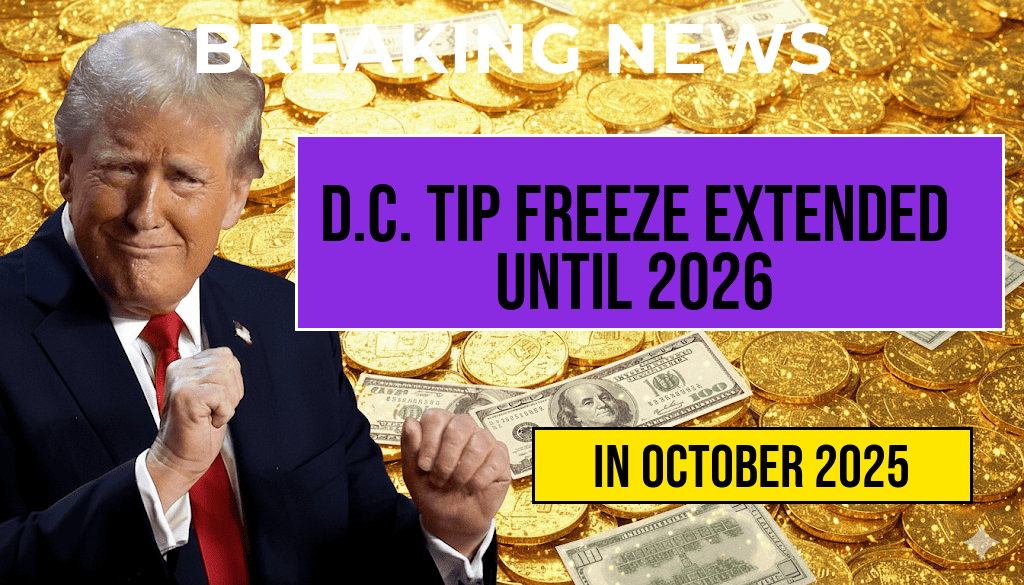Teachers across the United States may be facing significant financial losses due to limits imposed on the Public Service Loan Forgiveness (PSLF) program. Many educators, who have dedicated years to public service, could lose over $10,000 in potential loan forgiveness as the program’s eligibility criteria come under scrutiny. The PSLF program, designed to forgive federal student loans for those who work in qualifying public service jobs after 120 qualifying payments, has been a lifeline for many in the teaching profession. However, recent changes and interpretations of the program’s rules have left some teachers wondering if their payments count toward loan forgiveness. As a result, educators are urged to monitor their progress closely to ensure they do not miss out on this crucial financial relief.
Understanding the PSLF Program
The Public Service Loan Forgiveness program was established to encourage professionals to work in public service, including education, healthcare, and non-profit sectors. Under this program, borrowers who make 120 qualifying monthly payments while employed full-time in a qualifying public service job can have their remaining loan balance forgiven. However, the complexity of the program and the evolving regulations can create obstacles for borrowers.
Recent Changes and Their Impact
In recent months, the U.S. Department of Education has implemented new rules that have caused confusion among borrowers. These changes include stricter definitions of what constitutes a qualifying payment and adjustments to the types of loans eligible for forgiveness. Many educators may find that their previous payments do not count toward the required 120, jeopardizing their chances of receiving loan forgiveness.
Common Misunderstandings About Qualifying Payments
- Loan Type: Only Direct Loans are eligible for PSLF. Borrowers with Federal Family Education Loans (FFEL) or Perkins Loans must consolidate them into a Direct Consolidation Loan to qualify.
- Payment Status: Payments made under certain repayment plans, such as Income-Driven Repayment (IDR) plans, may not count if they do not meet the program’s criteria.
- Employment Verification: Borrowers must submit an Employment Certification Form to verify their employment and ensure that their payments are counted.
Steps Teachers Can Take to Protect Their PSLF Eligibility
To safeguard their eligibility for loan forgiveness, teachers should take proactive steps to monitor their payments and verify their employment status. Here are key actions educators can take:
- Review Payment History: Teachers should regularly check their payment history through the loan servicer’s website. This will help identify any discrepancies or payments that may not have been counted.
- Submit Employment Certification Forms: Submitting these forms annually or whenever changing jobs ensures that employment is verified and payments are counted accurately.
- Stay Informed: Keeping abreast of any changes to the PSLF program is essential. Teachers can sign up for updates from the U.S. Department of Education or follow reputable educational finance websites.
The Financial Consequences of Missing Out
Failing to monitor and manage PSLF eligibility could lead to substantial financial repercussions. For many teachers, missing out on the potential loan forgiveness can mean paying thousands of dollars in student loans that they had hoped would be forgiven. The financial burden can impact not only their personal finances but also their ability to invest in their classrooms or pursue further education.
Potential Savings with PSLF
| Loan Amount | Monthly Payment (10 years) | Total Paid without PSLF | Forgiveness Amount |
|---|---|---|---|
| $30,000 | $300 | $36,000 | $10,000 |
| $50,000 | $500 | $60,000 | $20,000 |
| $70,000 | $700 | $84,000 | $30,000 |
Resources for Teachers
Teachers seeking assistance with their PSLF applications or understanding their eligibility can access numerous resources. The following organizations provide valuable information:
- Federal Student Aid – Public Service Loan Forgiveness
- Forbes – Understanding PSLF
- Wikipedia – Public Service Loan Forgiveness
As teachers continue to navigate the complexities of student loan forgiveness, staying informed and proactive will be crucial in securing the financial relief they deserve.
Frequently Asked Questions
What is the PSLF program?
The Public Service Loan Forgiveness (PSLF) program is designed to forgive the remaining student loan balance for borrowers who make 120 qualifying monthly payments while working full-time for a qualifying employer, such as a non-profit organization or government agency.
How can teachers monitor their 120 payments for PSLF?
Teachers can monitor their 120 payments by regularly checking their loan servicer’s website, ensuring that they are submitting the Employment Certification Form annually, and keeping track of their payment history to confirm that their payments qualify under the PSLF guidelines.
What are the potential financial implications if teachers exceed the PSLF limits?
If teachers exceed the PSLF limits, they may end up losing over $10,000 in potential loan forgiveness, as only payments made within the specified timeframe count towards the 120 qualifying payments.
What steps can teachers take to avoid losing their PSLF eligibility?
To avoid losing their PSLF eligibility, teachers should ensure they are making qualifying payments, submit the necessary forms on time, and stay informed about any changes to the program that could affect their eligibility or payment counts.
Where can teachers find more information about the PSLF program?
Teachers can find more information about the PSLF program on the official Federal Student Aid website, which provides resources, eligibility criteria, and helpful tips for navigating the loan forgiveness process.

